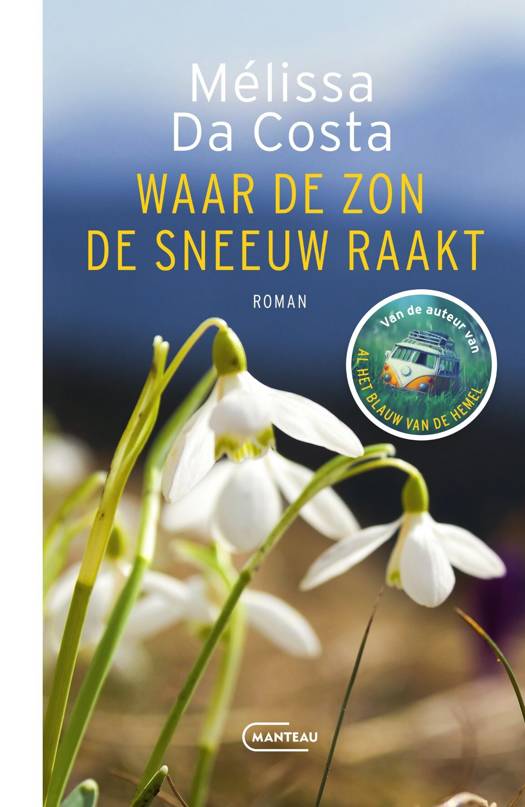
- Afhalen na 1 uur in een winkel met voorraad
- Gratis thuislevering in België vanaf € 30
- Ruim aanbod met 7 miljoen producten
- Afhalen na 1 uur in een winkel met voorraad
- Gratis thuislevering in België vanaf € 30
- Ruim aanbod met 7 miljoen producten
Zoeken
€ 305,95
+ 611 punten
Omschrijving
This book presents a synthesis of the extensive information available on the biology of Bromeliacea, a largely neotropical family of about 2700 described species. The author emphasizes reproductive and vegetative structure, related physiology, ecology, and evolution, rather than floristics and taxonomy. Guiding questions include: Why is this family inordinately successful in arboreal (epiphytic) and other typically stressful habitats and why is this family so important to extensive fauna beyond pollinators and frugivores in the forest canopy? Extraordinary and sometimes novel mechanisms that mediate water balance, tolerance for high and low exposures, and mutualisms with ants have received much study and allow interesting comparisons among plant taxa and help explain why members of this taxon exhibit more adaptive and ecological variety than most other families of flowering plants. This volume concentrates on function and underlying mechanisms, thus it will round out a literature that otherwise mostly ignores basic biology in favor of taxonomy and horticulture.
Specificaties
Betrokkenen
- Auteur(s):
- Uitgeverij:
Inhoud
- Aantal bladzijden:
- 710
- Taal:
- Engels
Eigenschappen
- Productcode (EAN):
- 9780521430319
- Verschijningsdatum:
- 13/04/2000
- Uitvoering:
- Hardcover
- Formaat:
- Genaaid
- Afmetingen:
- 160 mm x 235 mm
- Gewicht:
- 1233 g

Alleen bij Standaard Boekhandel
+ 611 punten op je klantenkaart van Standaard Boekhandel
Beoordelingen
We publiceren alleen reviews die voldoen aan de voorwaarden voor reviews. Bekijk onze voorwaarden voor reviews.











